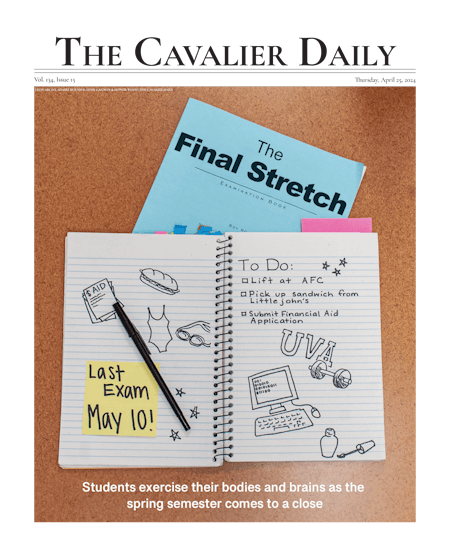Along with the recent changes to the content and scale of the SAT, the College Board has recently announced new initiatives to make the college application process easier for low-income students. Certain students will now have the option of fee waivers, which cover 100 percent of the fees for a single test date, as well as the cost of sending scores to four colleges. Additionally, students will have online access to SAT practice problems and instructional videos.
The College Board is right to attempt to smooth the process for low-income students. Evidence has demonstrated repeatedly that SAT scores are positively correlated with family income. This could be because students from wealthy families can afford SAT prep classes, or because they can afford to take the test multiple times.
The new free preparatory materials, sponsored by a partnership with the Khan Academy, are presumably meant to address the former problem, and the fee waiver is meant to address the latter. These changes improve upon the current situation; however, they do not completely equalize opportunity for students coming from all socioeconomic backgrounds.
A student who qualifies can use up to two fee waivers. This gives low-income students the opportunity to improve their scores by taking the test a second time. Some students with ample financial resources, though, even take the test three times, and get a better score on the third try. Low-income students would not have equal opportunity in this respect. If the College Board is unwilling to lift the restriction on their fee waivers, there would have to be a limit on the number of times any student can take the SAT, in order to level the playing field across all income brackets. If such a limit is not established by the College Board itself, colleges could set their own limits, by refusing to accept SAT scores from students after their second test session.
It is also important to consider students who fall in a lower-middle income bracket, who may be the most neglected by this new policy. If a student’s family makes slightly too much money to qualify for a waiver, but not enough money to afford paying for the SAT more than once, that student will be left at a disadvantage.
Additionally, the opportunity to send scores to four colleges for free is encouraging, but may not be sufficient. Many students apply to 10 or more schools, to increase their chances of admission at a college which has their ideal program of study and their best financial prospects. Limiting the amount of free applications to four could force low-income students to whittle their choices down. In this situation, students may be inclined to keep the schools with the higher acceptance rates — the so-called “safety” schools — in order to increase their chances of admission anywhere, while eliminating the more elite colleges. This could be part of the reason elite schools are not as likely to enroll low-income students.
College Board’s changes do make the application process better than it was before. But there is still much work to be done in order to give low-income students an equal opportunity to successfully enter institutions of higher education. These recent changes can be a considered a stepping stone in the process, but criticism is warranted, because we have a long way to go.




